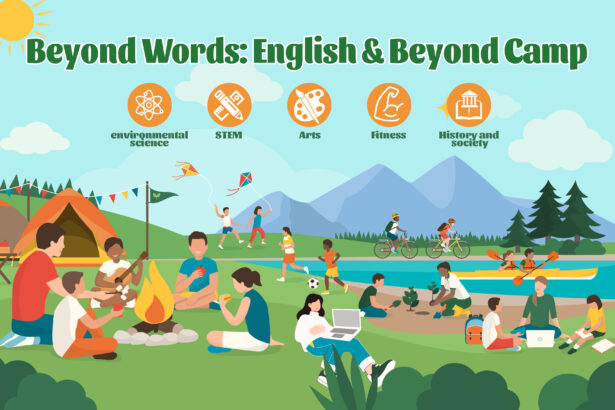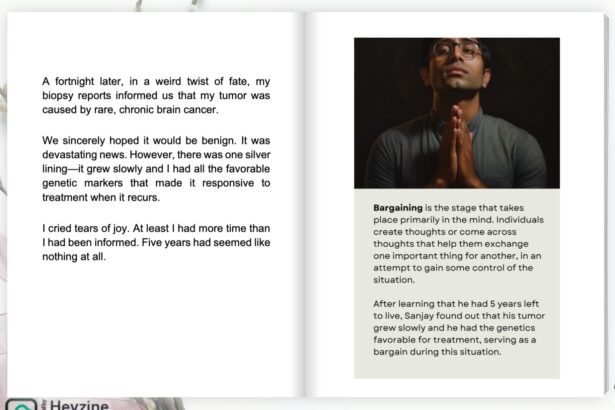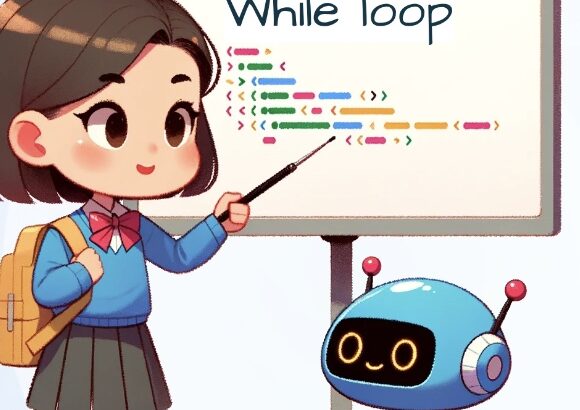Project Overview
Thivya’s Big Decision is a choose-your-own-ending, interactive children’s book focused on financial literacy exploring topics such as saving money and prioritizing different wants. The main character is Thivya, an 8-year-old South Asian girl living in NYC with her Appa (dad), Amma (mom) and younger brother Ravi. The reader gets to decide whether Thivya should purchase the colorful markers she saw at the grocery store or if she should save her money to buy something at the science museum gift store during her school trip.
Why a children’s book on financial literacy?
My design proposal for How People Learn was a lesson plan on financial literacy for 4th and 5th graders. However, for PCE I wanted to create an informal financial literacy product that gave opportunity for connections. Working as a lab intern at the Jeanne Chall Reading Lab and being surrounded by children’s books, I was inspired to use books as my medium for informal learning as it also creates bonding moments for families, communities and others in a child’s ecosystem.
The story highlights a South Asian family inspired by personal life and because “the financial system is stacked against students of color (FL4kids.org, 2023). Financial literacy skills are not taught from an early age and this gap can be perpetuated as children become adults. My goal was to create a starting point for families and young children to build small habits such as communicating wants and saving money to serve as a foundation for building healthy financial skills later in life.
Learning Design Process
Distilling financial topics to an age demographic that’s much younger than we typically associate financial literacy with was more difficult than I thought. There were iterations of reimagining scenarios and word choices to ensure the story was child friendly and the financial topics were weaved in at a developmentally appropriate level. I also wanted to create moments of interactions between the reader and the book, thus the choose-your-own-ending storyline. This interaction also creates opportunities for discussion between peers, parents, caregivers, etc.
Another learning point for me was using Dall-E via Chat GPT to create my illustrations. The process of prompt engineering also made me reflect on my script. The more descriptive and informative I was with the prompts, the better the generated image aligned with what I wanted. This made me think critically about the flow of my script and helped bridge gaps that may have left the reader confused. Overall, this process was challenging, and I slowly acceppted the inconsistent character designs across the images. Nevertheless, I think the images convey the tone of the story and is appealing to a young audience. They are great placeholders and sources of inspiration if I were to formally create pictures for the book.



